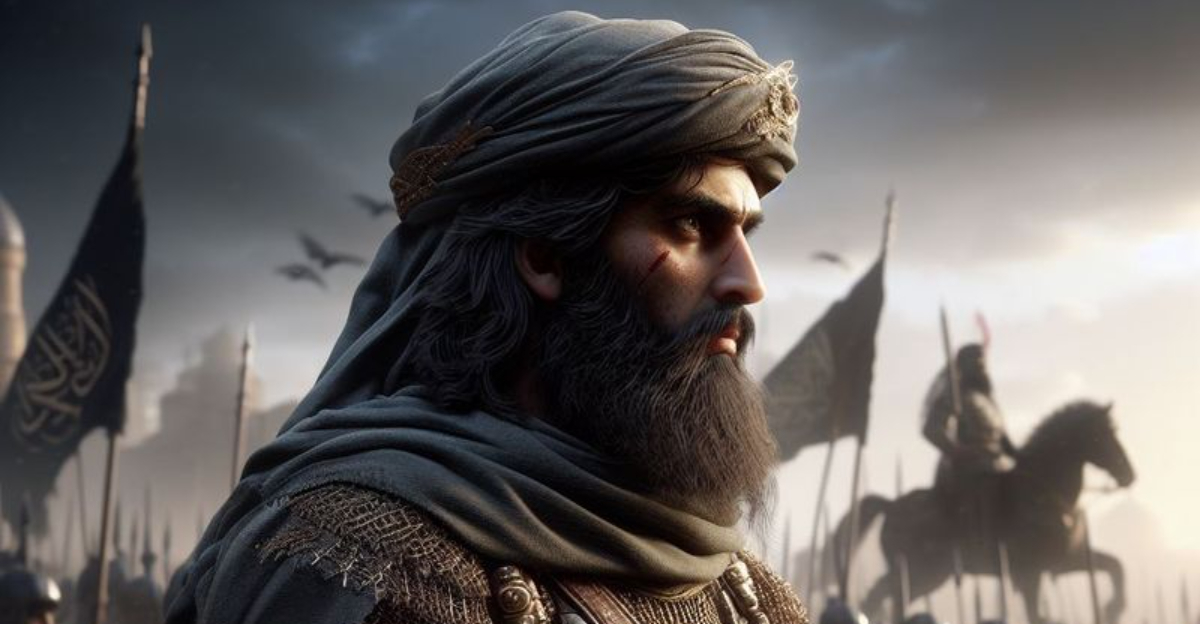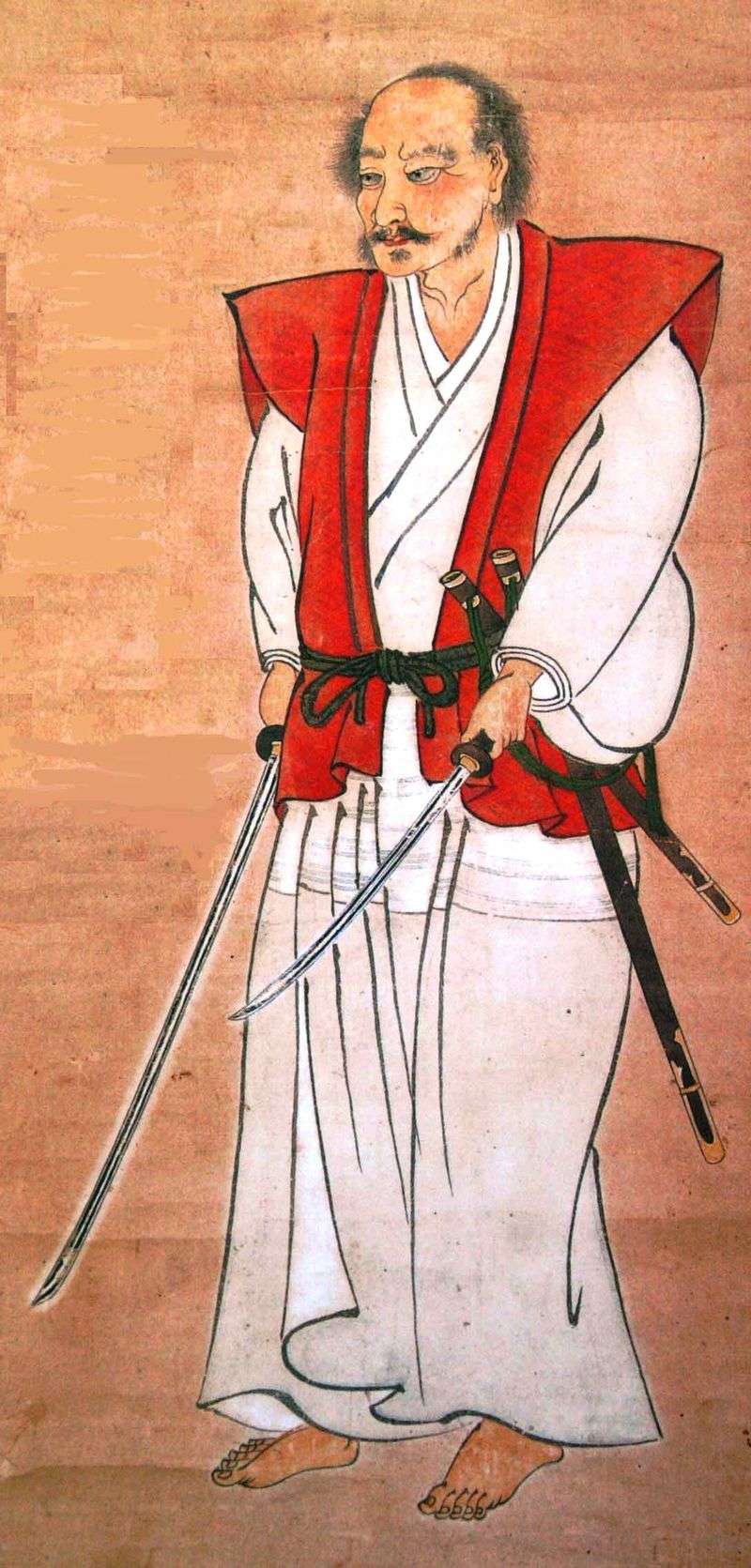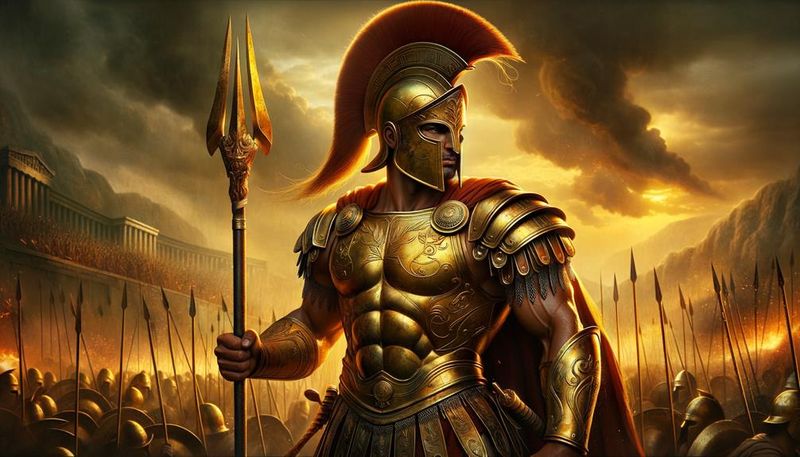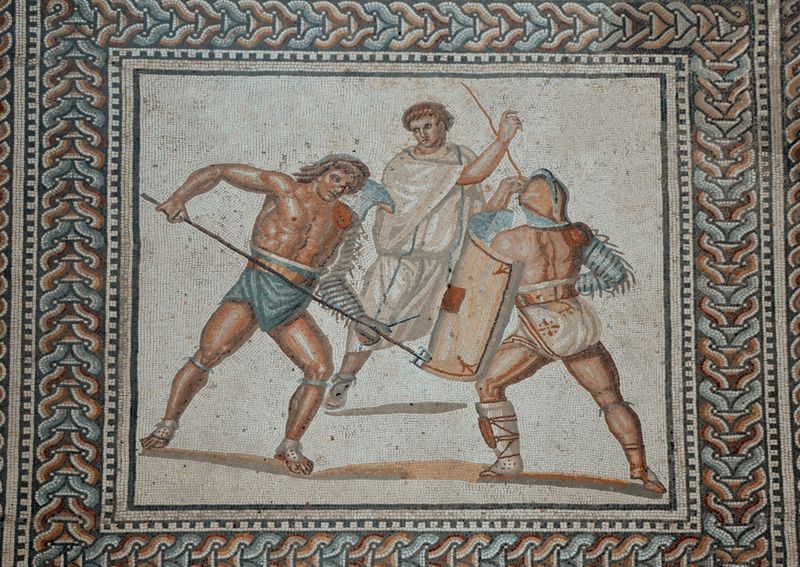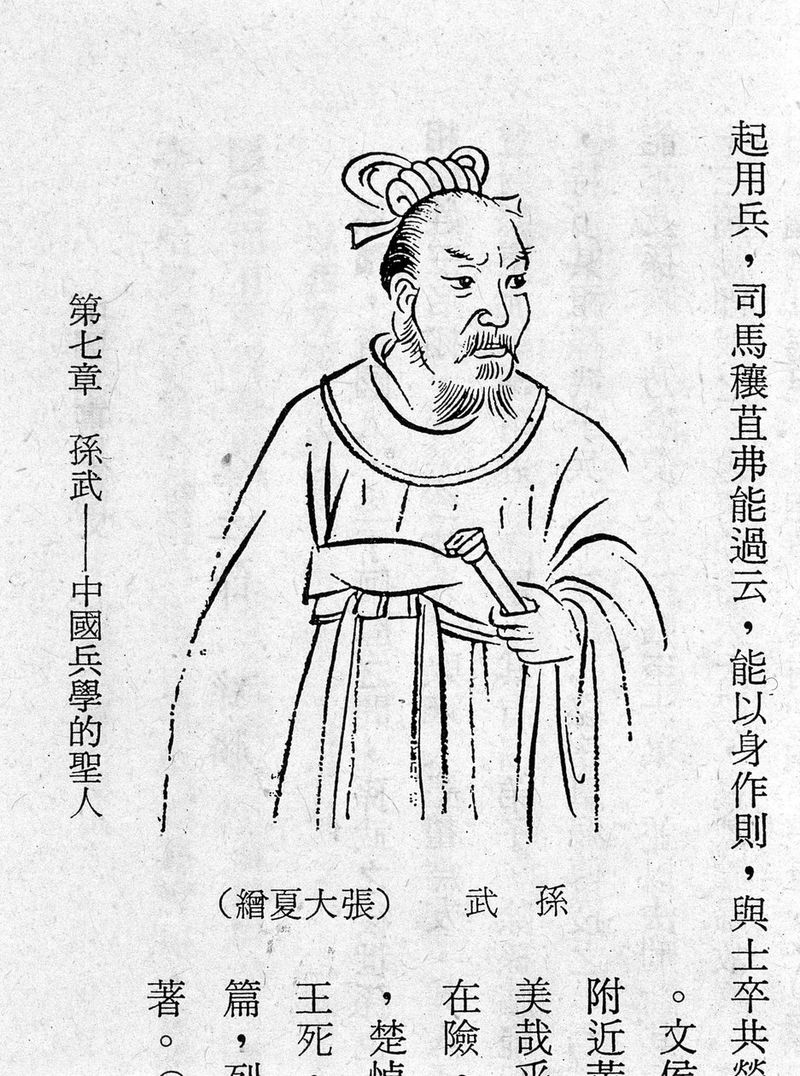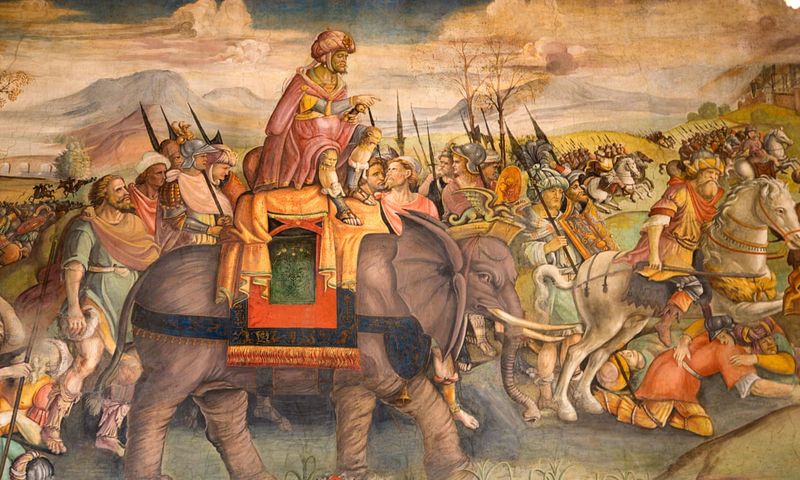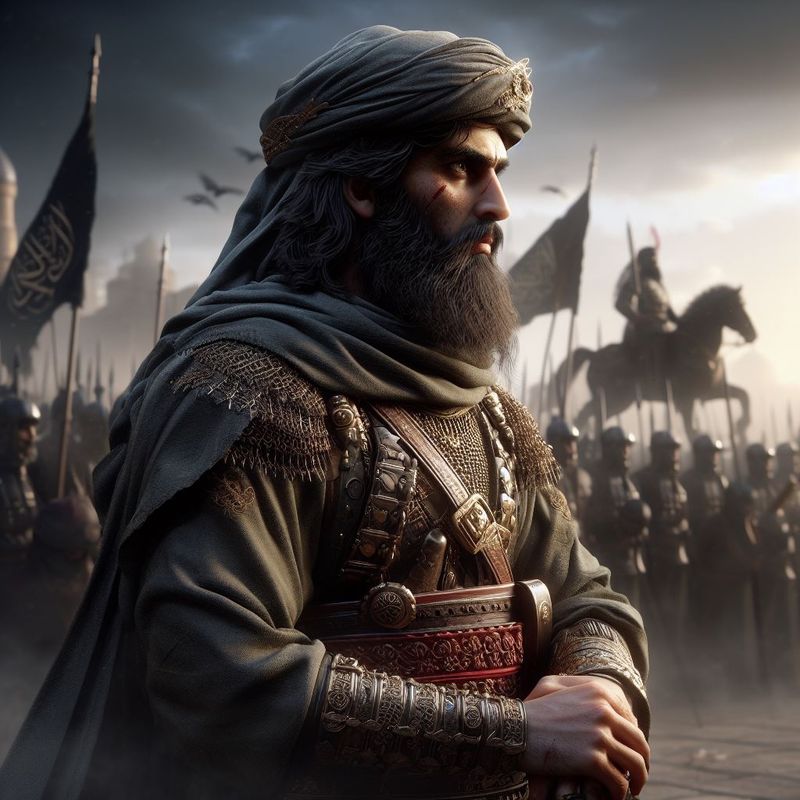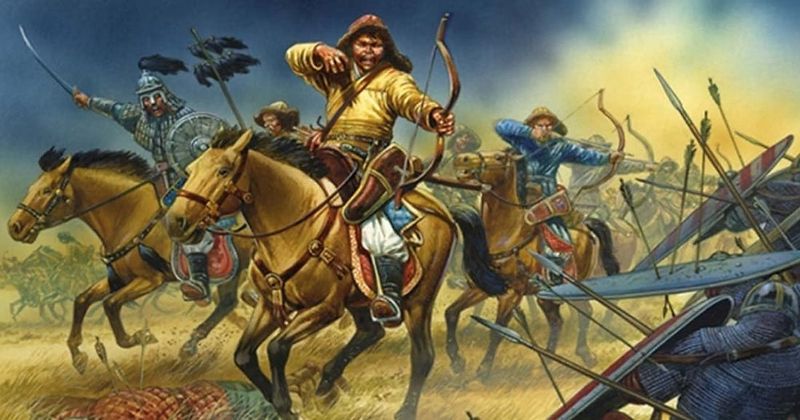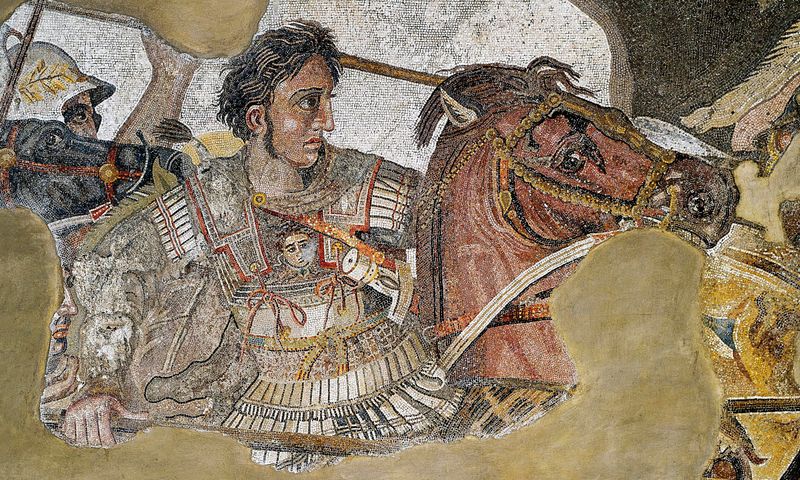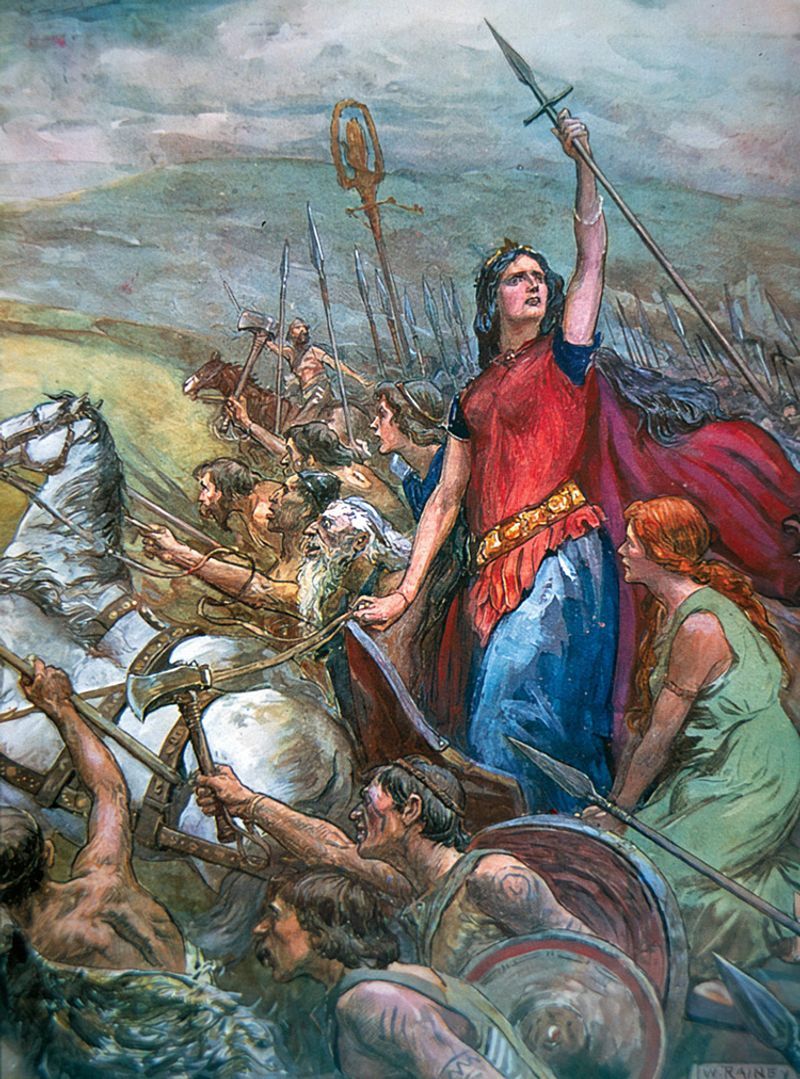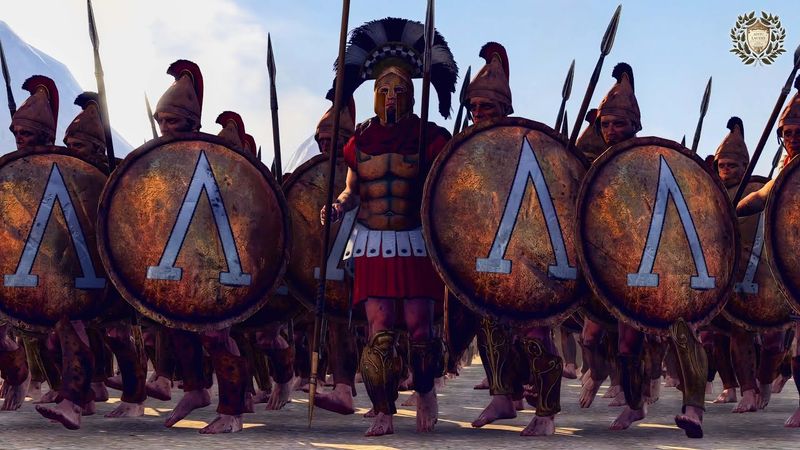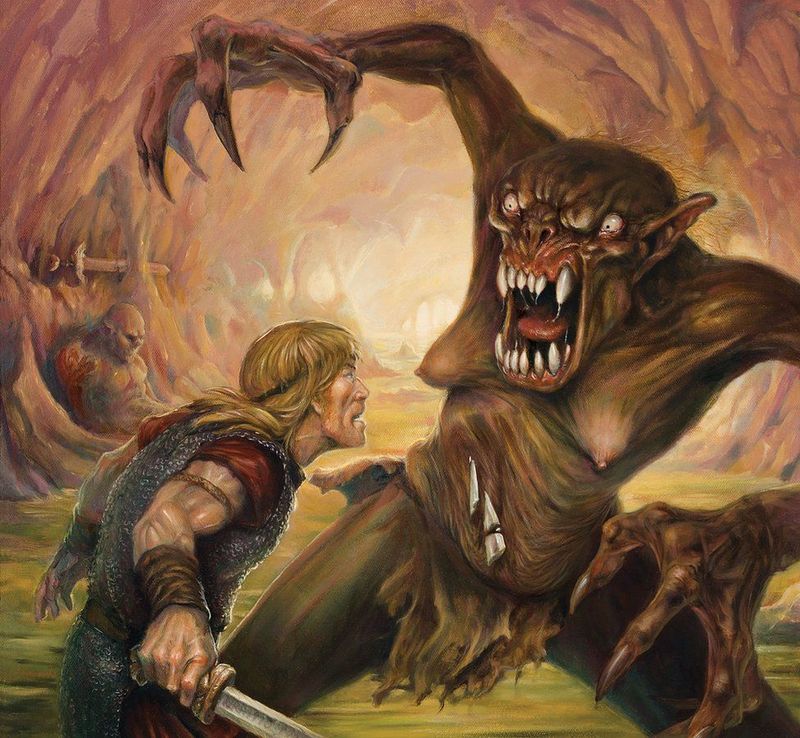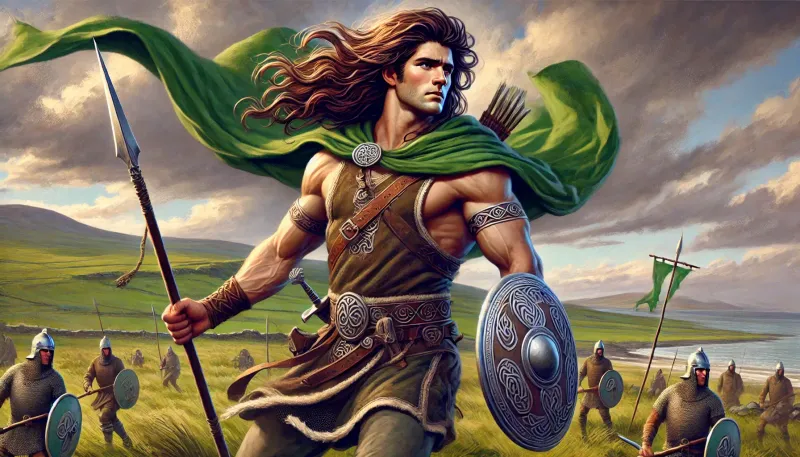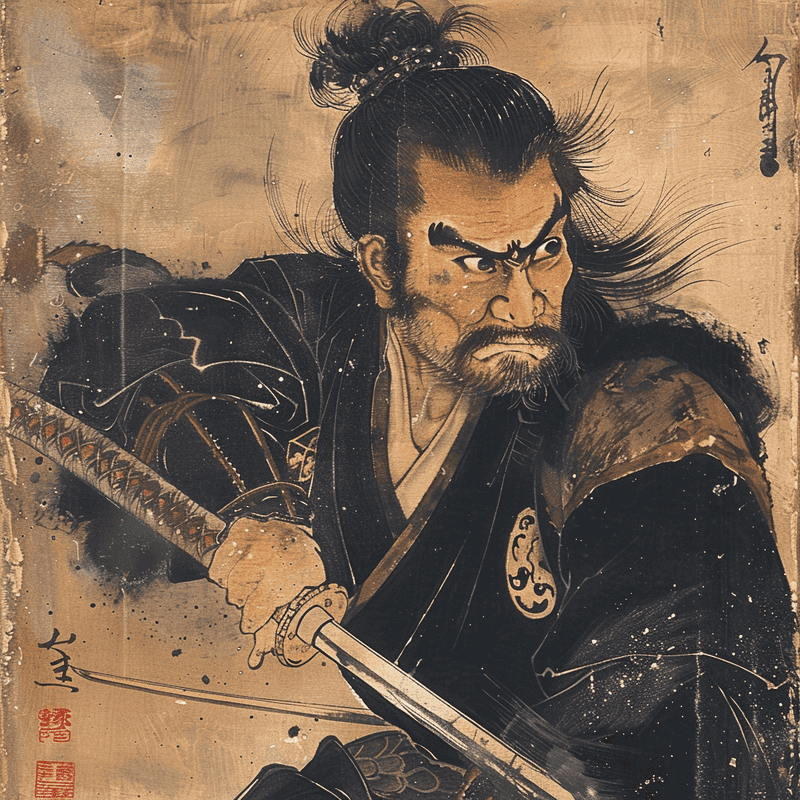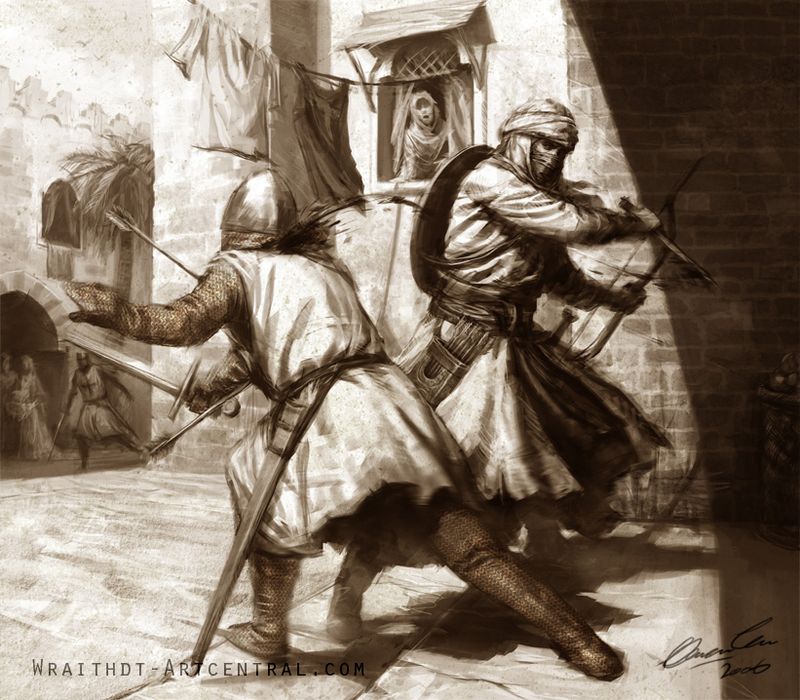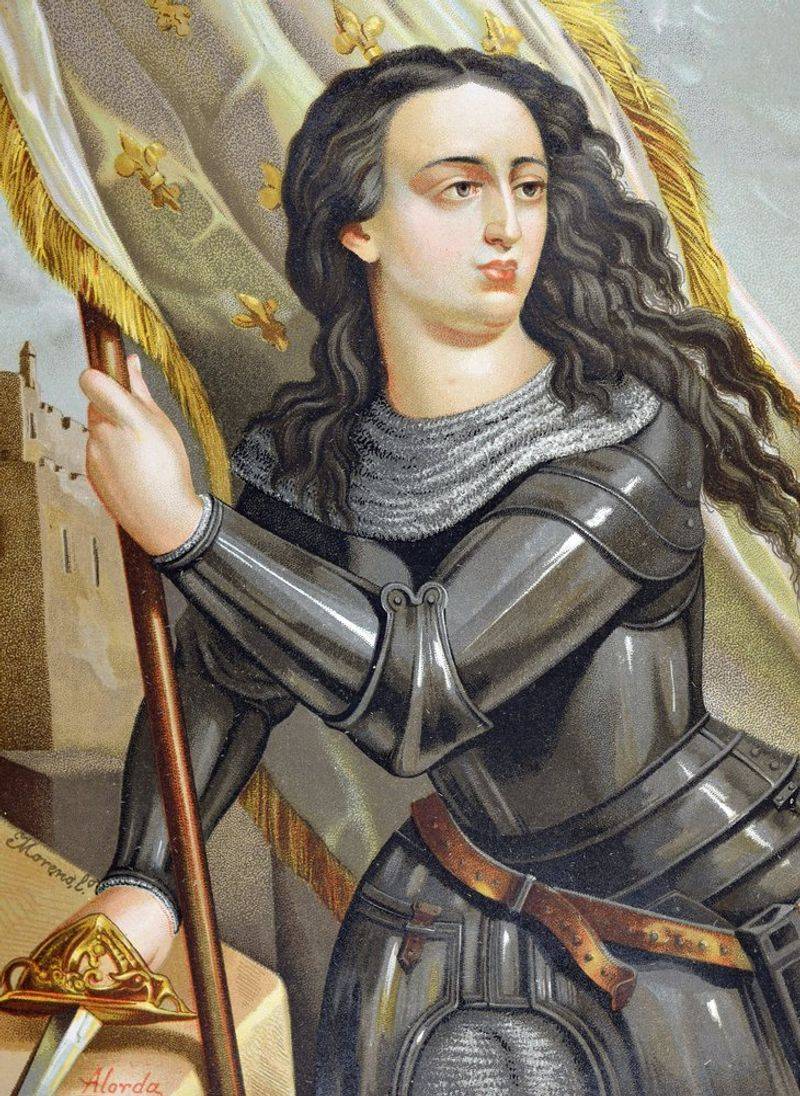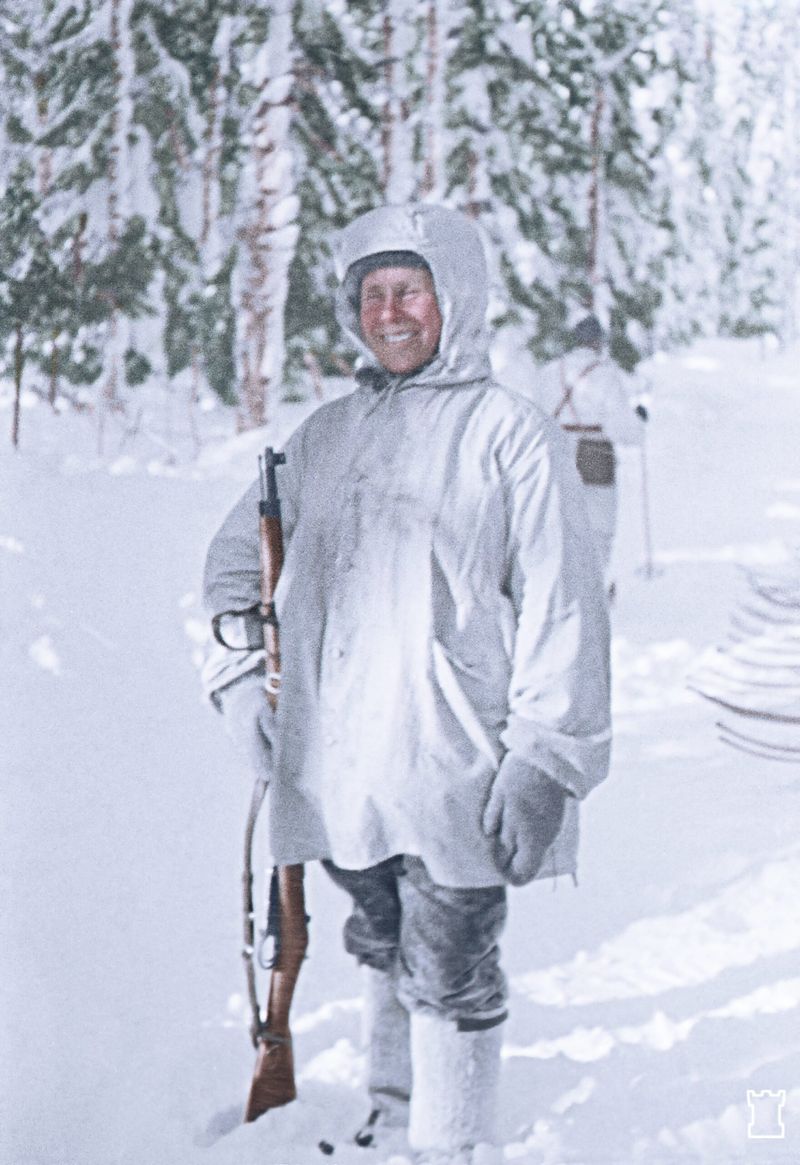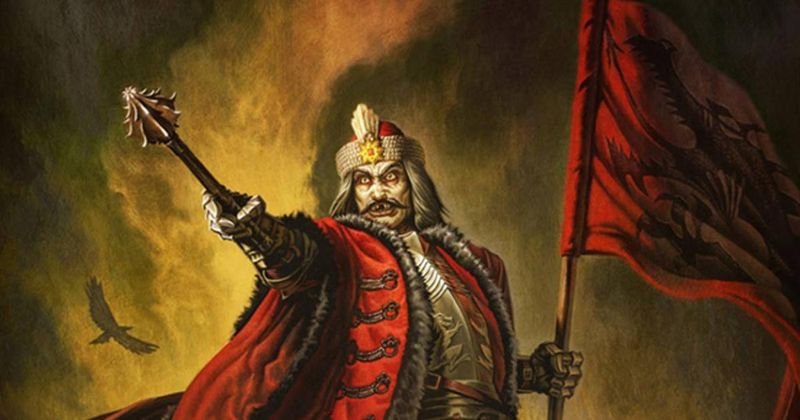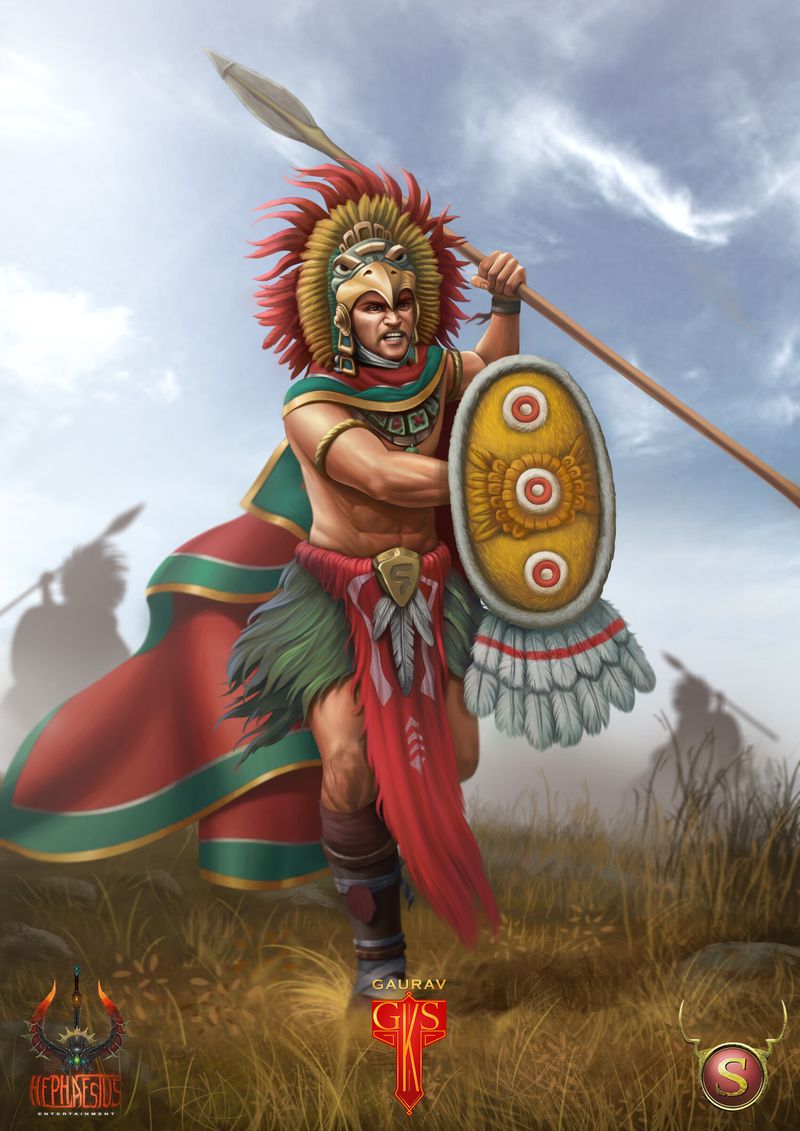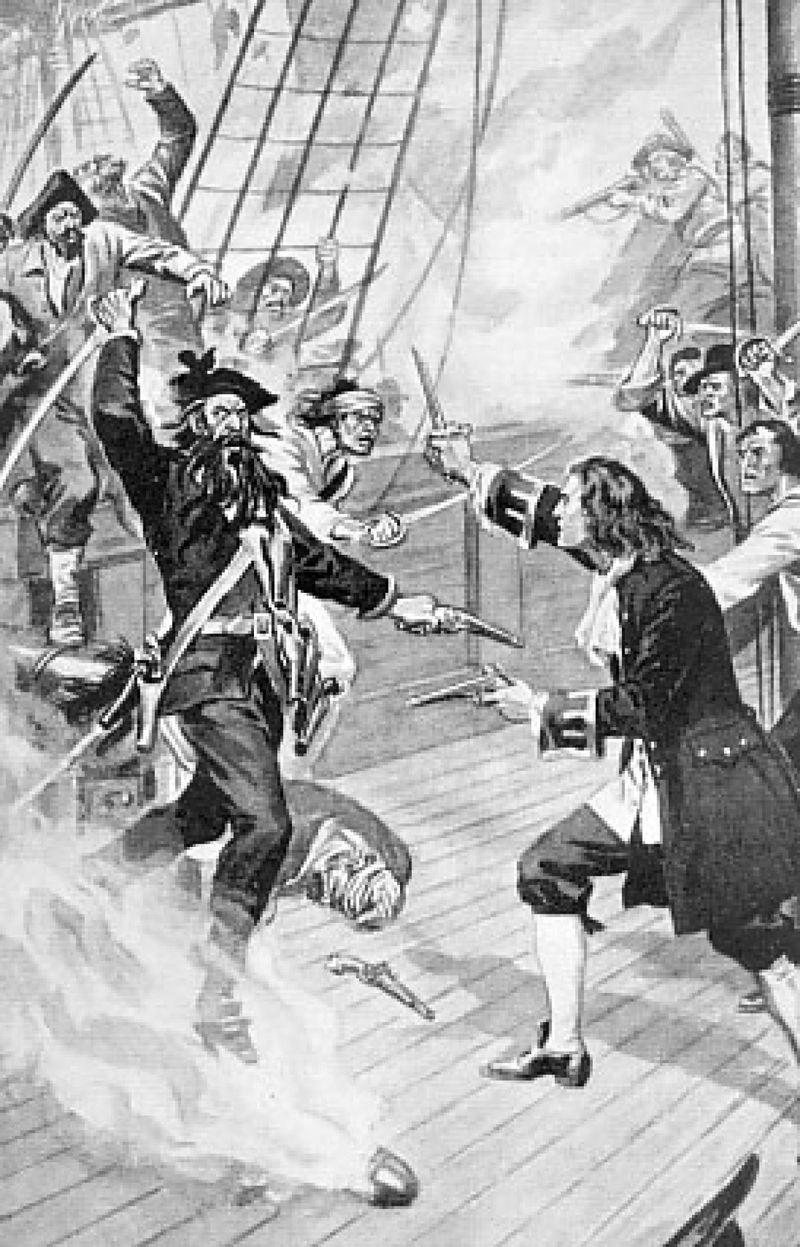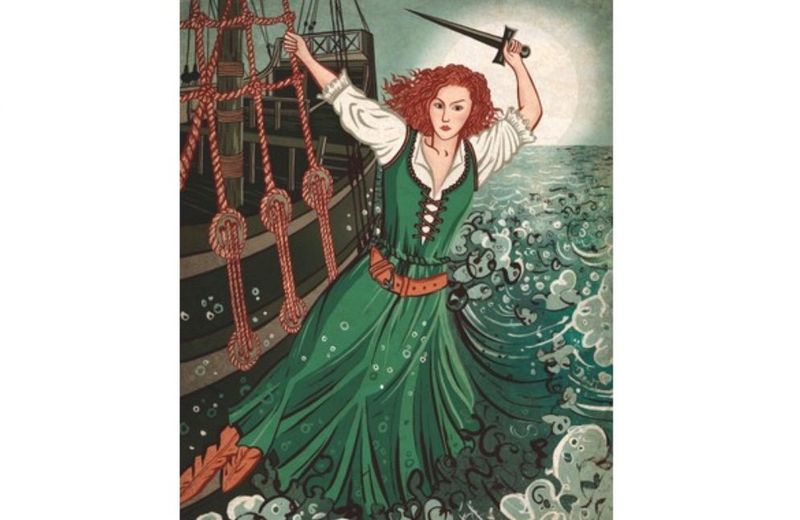Throughout history, certain warriors have risen above the rest, leaving their mark through exceptional skill, bravery, and leadership. This blog post explores 20 of the greatest warriors in history, delving into their legendary tales and contributions to warfare. From mythical heroes to real-life strategists, these figures have captivated the imagination and inspired generations.
1. Miyamoto Musashi (Japan, 1584–1645)
Miyamoto Musashi, a famed Japanese ronin, was a master swordsman who won 61 duels by the age of 30. Known for his unorthodox style, one of his most famous victories involved defeating an adversary with a wooden oar. Musashi later authored “The Book of Five Rings,” a treatise on strategy, tactics, and philosophy that continues to influence martial arts and military strategy. Beyond his martial prowess, Musashi was also an accomplished artist, leaving a legacy that transcended the battlefield. His life story embodies the spirit of the ultimate warrior, mastering both the pen and the sword.
2. Achilles (Greek Myth)
Achilles, the legendary Greek hero, was known for his near-invincibility, attributed to his mother dipping him into the River Styx. His only vulnerability was his heel, an oversight that would become his downfall. Known for his ferocity in battle, Achilles was a key figure in the Trojan War, slaughtering Trojans with unmatched brutality. His feats were so extraordinary that they compelled the river god to rise against him. A character of epic tales, Achilles’ combination of martial skill and tragic fate has secured his place as one of history’s most famous warriors.
3. Spartacus (Thracian/Roman, 111–71 BC)
Spartacus, a Thracian gladiator, became a symbol of rebellion and resistance against the Roman Empire. Born into slavery, he was forced to fight as a gladiator but soon turned the tides by leading a revolt. Rallying a massive army of 100,000 slaves, Spartacus launched what is considered history’s greatest slave rebellion. Despite their initial successes, Spartacus and his followers were ultimately overpowered by Roman forces. His story of courage and defiance continues to inspire those who fight against oppression, marking Spartacus as a legendary figure in the annals of history.
4. Sun Tzu (China, 544–496 BC)
Sun Tzu, the ancient Chinese military strategist, authored “The Art of War,” a timeless guide on warfare and strategy. His insights into military tactics and leadership principles have been studied and applied by generals and leaders across centuries. Sun Tzu’s teachings emphasize the importance of adaptability, deception, and strategic planning in achieving victory. His philosophy transcends the battlefield, influencing fields as diverse as business and sports. Despite the mystery surrounding his life, Sun Tzu’s work endures, cementing his legacy as one of history’s greatest military minds.
5. Hannibal Barca (Carthage, 247–183 BC)
Hannibal Barca, the Carthaginian general, is celebrated for his audacious march across the Alps with a formidable army of elephants. This remarkable feat nearly led to the downfall of Rome, showcasing Hannibal’s strategic brilliance. Known for his cunning tactics, Hannibal’s campaigns during the Second Punic War left an indelible mark on military history. His ability to outmaneuver and outthink his opponents earned him a reputation as one of the greatest military commanders. Despite ultimately being defeated, Hannibal’s legacy of innovation and courage continues to be studied and admired.
6. Khalid ibn al-Walid (Arabia, 592–642)
Khalid ibn al-Walid, known as the “Sword of Allah,” was an undefeated military commander in early Islamic history. Renowned for his tactical prowess, Khalid achieved over 100 victories without suffering a single defeat. His leadership was instrumental in the early expansions of the Islamic Caliphate, winning battles through brilliant strategies and decisive actions. Khalid’s ability to inspire his troops and outmaneuver his enemies made him a legendary figure in Islamic military history. His legacy as a fearless and strategic leader endures, earning him a place among history’s greatest warriors.
7. Genghis Khan (Mongolia, 1162–1227)
Genghis Khan, the Mongolian conqueror, built the largest contiguous land empire in history through a combination of innovative warfare and sheer terror. His use of mounted archers and psychological tactics allowed him to subdue vast territories and diverse cultures. Genghis Khan’s leadership transformed the Mongol tribes into a formidable force that reshaped the geopolitical landscape of the time. Under his rule, the Mongol Empire became a center of trade and cultural exchange. Despite his fearsome reputation, Genghis Khan’s influence on world history is profound and enduring.
8. Alexander the Great (Macedonia, 356–323 BC)
Alexander the Great, the Macedonian king, is renowned for creating one of the largest empires in ancient history. By the age of 30, he had conquered lands stretching from Greece to India, showcasing his genius in military strategy and leadership. His enigmatic death at a young age has sparked countless theories, from assassination to illness. Alexander’s conquests spread Greek culture and ideas throughout the known world, leaving a legacy that influenced subsequent civilizations. His ambition and achievements have immortalized him as one of history’s most iconic figures.
9. Boudicca (Celtic Britain, 1st century AD)
Boudicca, the Celtic queen of the Iceni tribe, is celebrated for her fierce resistance against Roman occupation. After suffering personal and tribal injustices at the hands of Roman forces, Boudicca led a massive uprising that resulted in the destruction of several Roman settlements. Her leadership and determination rallied thousands to her cause, challenging the might of Rome. Although her rebellion was eventually quelled, Boudicca’s legacy as a symbol of defiance and strength endures in British history. Her story continues to inspire those who fight against oppression.
10. The 300 Spartans (Greece, 480 BC)
The 300 Spartans, led by King Leonidas, became legendary for their courageous stand against the Persian army at the Battle of Thermopylae. Outnumbered and outmatched, these warriors held their ground in a narrow mountain pass, delaying the Persian advance and allowing Greek forces to regroup. Their valor and sacrifice exemplify the Spartan ethos of bravery and discipline. The phrase “Then we shall fight in the shade” captures their defiance and determination. The 300 Spartans’ heroic stand has become a symbol of resistance against overwhelming odds.
11. Beowulf (Norse Legend)
Beowulf, the legendary Norse hero, achieved fame through his battles against monstrous foes. His most famous feat involved tearing the arm off the fearsome creature Grendel, an act of sheer strength and bravery. Beowulf’s heroics didn’t end there, as he later confronted Grendel’s vengeful mother in her underwater lair, emerging victorious once again. His tales of valor and cunning have been immortalized in epic poetry, capturing the imagination of countless generations. Beowulf’s enduring legacy as a symbol of heroism and strength continues to resonate in literature and culture.
12. Cu Chulainn (Irish Myth)
Cu Chulainn, the hero of Irish mythology, was renowned for his incredible combat skills and indomitable spirit. Known for entering a “warp spasm,” a frenzied battle trance, he could single-handedly defeat entire armies. His loyalty to his land and people was matched only by his prowess on the battlefield. Cu Chulainn’s stories are filled with feats of strength, courage, and supernatural abilities, earning him a legendary status in Celtic folklore. As a symbol of warrior excellence, Cu Chulainn’s tales have inspired countless stories of bravery and heroism.
13. Hattori Hanzo (Japan, 1542–1596)
Hattori Hanzo, the legendary ninja and samurai, played a crucial role in the unification of Japan during the Sengoku period. Known for his stealth and martial arts skills, Hanzo served as a trusted retainer to Tokugawa Ieyasu, aiding in critical missions and battles. His sword, renowned for its craftsmanship, is still revered and enshrined today. Hattori Hanzo’s expertise in espionage and strategy made him an invaluable asset in the turbulent era of Japanese history. His legacy as a master of the shadow arts continues to intrigue and fascinate.
14. The Hashashin (Persia, 11th–13th century)
The Hashashin, a secretive order of assassins, emerged in Persia during the 11th century. Known for their stealth and precision, they executed daring missions, often sneaking into enemy strongholds disguised as converts. Their targets were primarily political leaders, whom they eliminated to destabilize opposing forces. The Hashashin’s tactics instilled fear and respect across the region, and their influence extended into popular culture. Despite their enigmatic nature, the legacy of the Hashashin endures, highlighting the power of covert warfare and psychological tactics in shaping history.
15. Joan of Arc (France, 1412–1431)
Joan of Arc, a peasant girl from France, rose to prominence during the Hundred Years’ War. Driven by visions and divine inspiration, she led French troops to several critical victories. Her leadership was pivotal in lifting the siege of Orléans, and she played a key role in the coronation of Charles VII. Despite her successes, Joan was captured and tried for heresy, ultimately being burned at the stake. Her courage and faith made her a symbol of national pride and martyrdom, and she was canonized as a saint in the Catholic Church.
16. Simo Häyhä (Finland, 1905–2002)
Simo Häyhä, known as “The White Death,” was a Finnish sniper who became legendary during the Winter War against the Soviet Union. Operating in temperatures as low as -40°F, Häyhä was credited with over 500 kills, all using iron sights rather than telescopic lenses. His ability to remain undetected and his marksmanship made him a formidable adversary. Häyhä’s exploits elevated him to a mythical status, and he is revered as one of the greatest snipers in history. His story is a testament to the power of skill and resilience in warfare.
17. Vlad the Impaler (Romania, 1431–1476)
Vlad the Impaler, the Wallachian prince, became infamous for his brutal methods of punishment, including impalement. His reign of terror inspired the legend of Dracula, with stories of his cruelty spreading far and wide. Vlad used fear as a weapon to defend his land against invading forces, often leaving a macabre display of his enemies as a warning. Despite his notoriety, he is also remembered for his efforts to maintain his country’s independence. Vlad the Impaler’s legacy is a complex blend of horror and heroism, deeply etched into the annals of history.
18. Tlahuicole (Aztec Empire, 16th century)
Tlahuicole, an esteemed warrior of the Aztec Empire, was renowned for his extraordinary strength and valor. Captured by the Aztecs, he was given the chance for freedom but chose to face the gladiatorial sacrificial ritual instead. Demonstrating unparalleled bravery, Tlahuicole fought valiantly, slaying eight elite warriors before succumbing to fatigue. His decision to embrace an honorable death rather than accept freedom left an indelible mark on Aztec history. Tlahuicole’s story is a testament to the values of courage and honor that were deeply revered in Aztec culture.
19. Blackbeard (England, 1680–1718)
Blackbeard, one of the most infamous pirates of the Golden Age of Piracy, was known for his fearsome appearance and ruthless tactics. Edward Teach, as he was known off the seas, cultivated a terrifying persona by tying slow-burning fuses into his beard, creating a fearsome image during battle. Commanding the ship Queen Anne’s Revenge, Blackbeard terrorized the American colonies and the Caribbean. His daring exploits and eventual dramatic death in battle have cemented his place in pirate lore. Blackbeard’s legacy is enshrined in tales of adventure and infamy across the seas.
20. Grace O’Malley (Ireland, 1530–1603)
Grace O’Malley, the formidable Irish pirate queen, commanded the seas with unmatched prowess. Known for her intelligence and tenacity, she engaged in piracy and trade along the Irish coast. Grace defied gender norms of her time, leading her clan in both maritime and political affairs. Her most famous encounter was with Queen Elizabeth I, where she negotiated as an equal, showcasing her diplomatic skills. O’Malley’s life is a tribute to her resilience and leadership, leaving a legacy as one of history’s most remarkable female figures.
